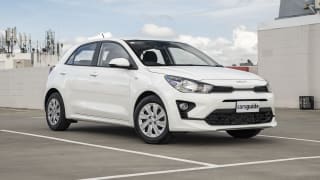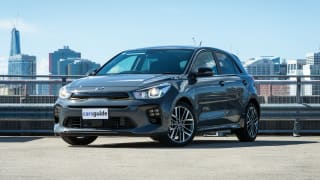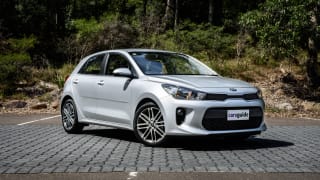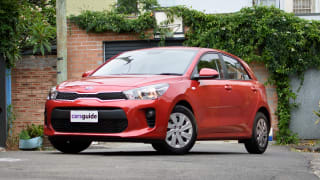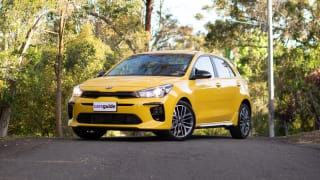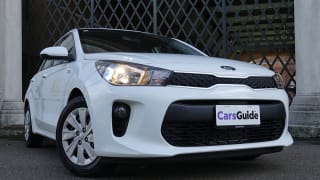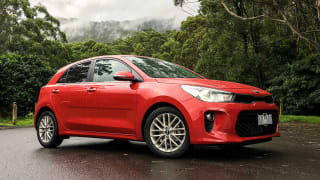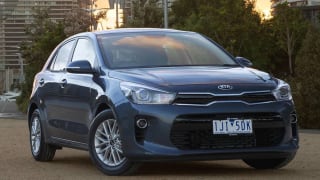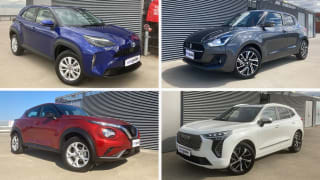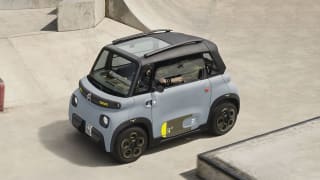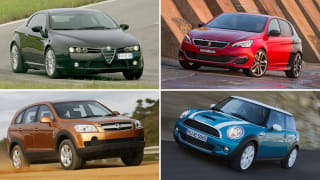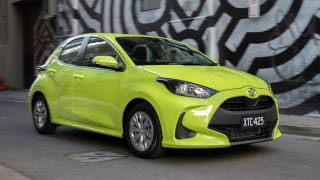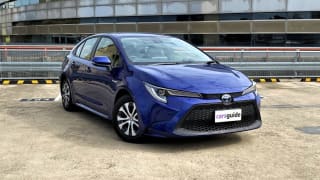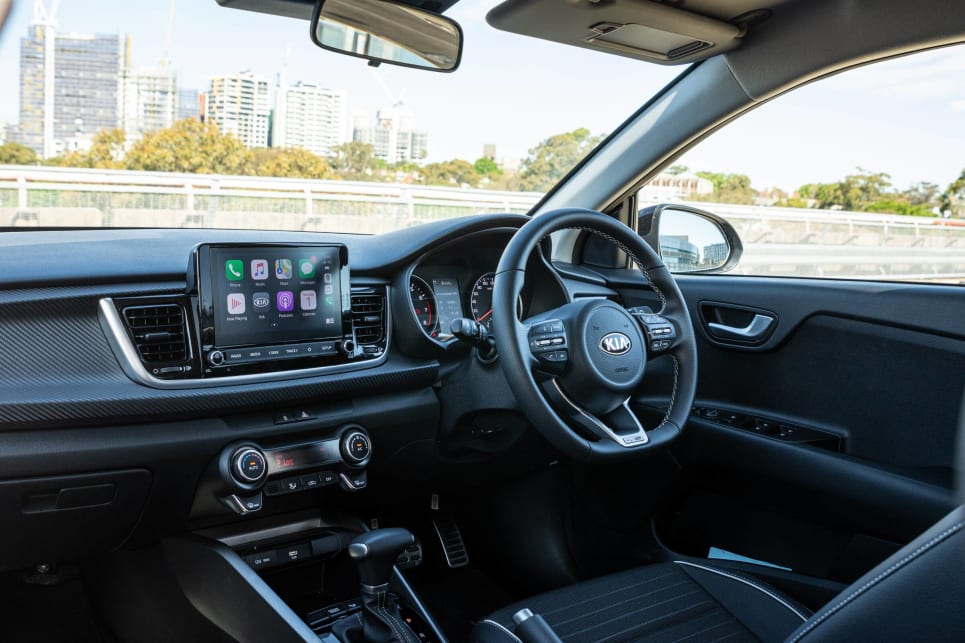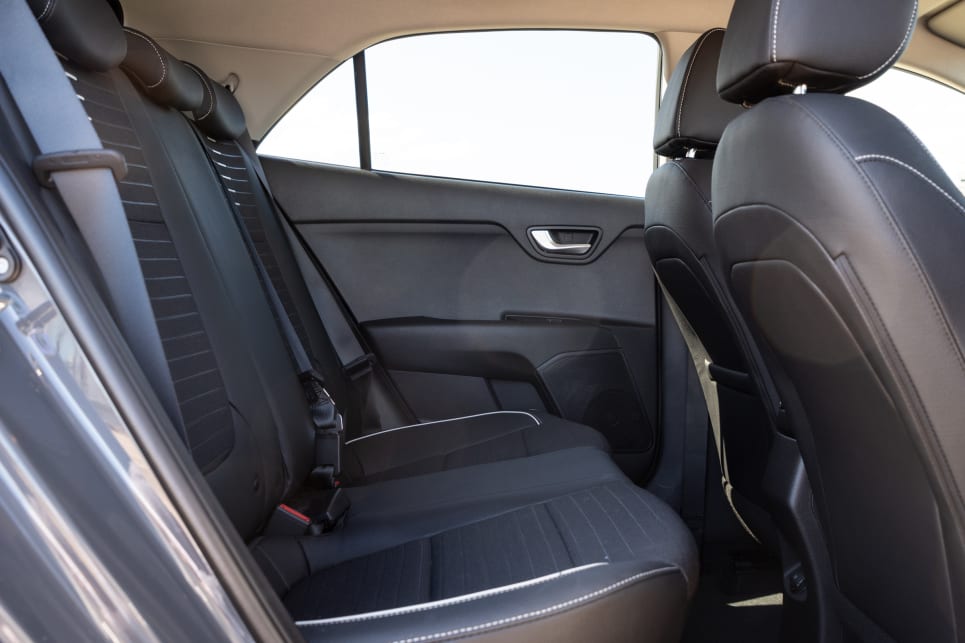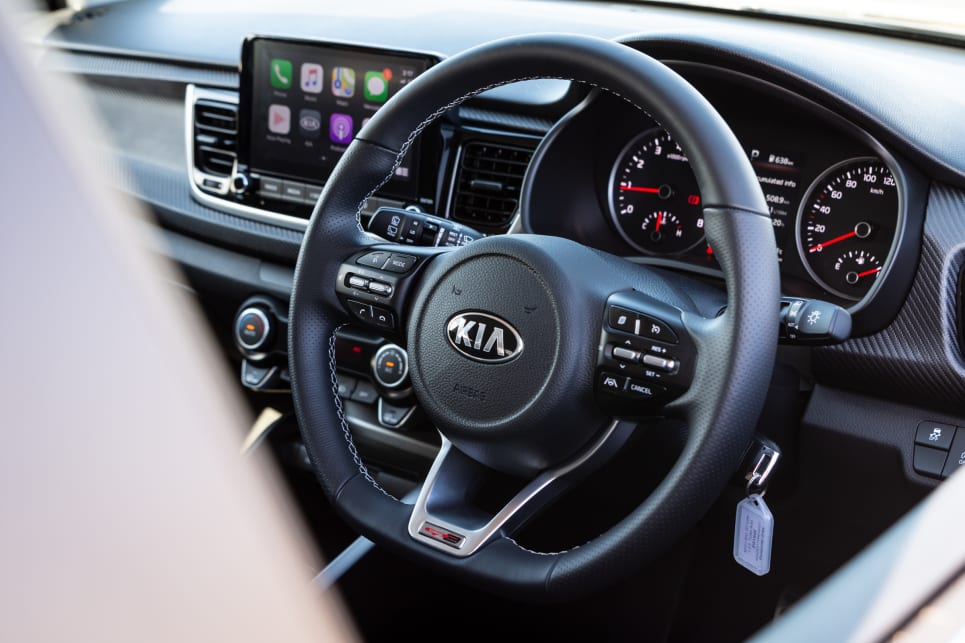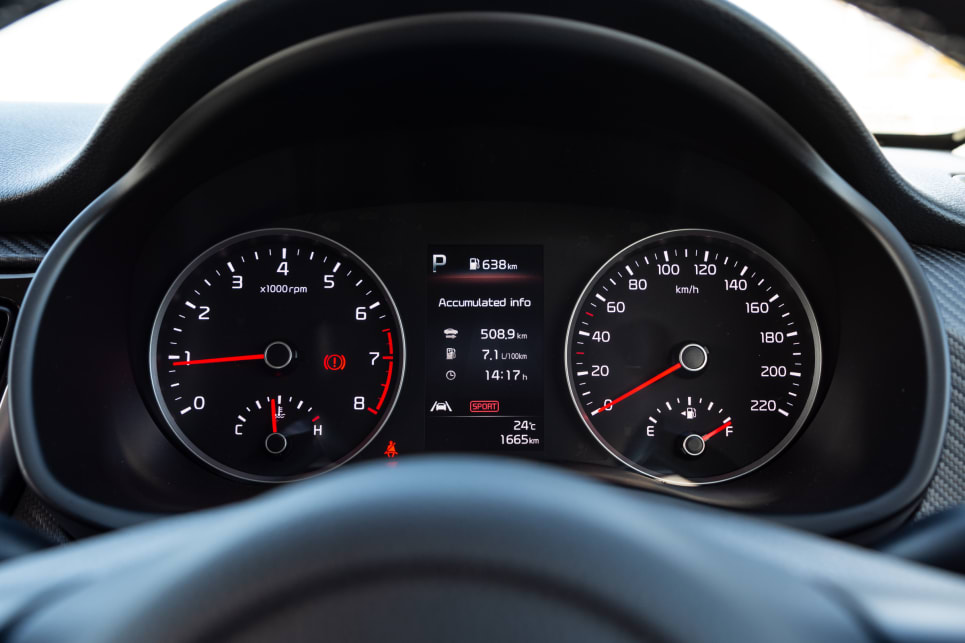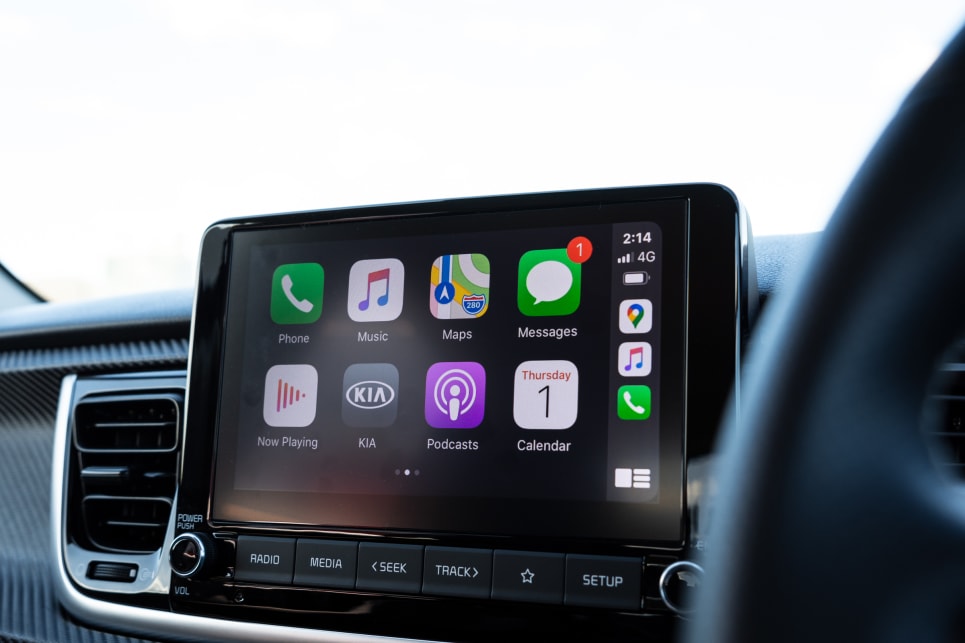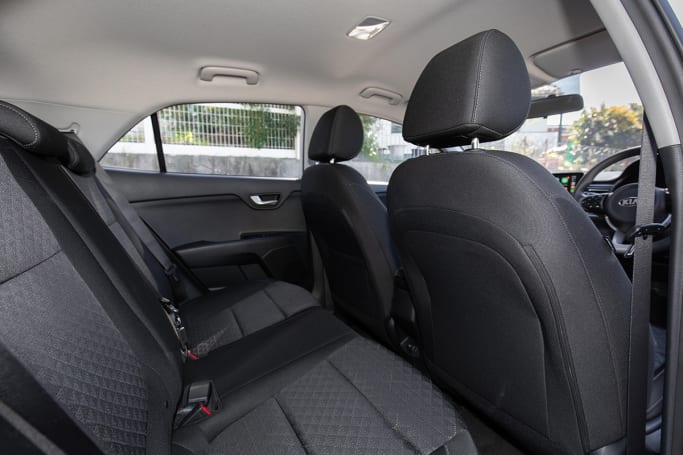Sold in Australia as the Mazda 121-based Ford Festiva in the '90s, the Rio became Kia's answer to the Toyota Echo/Yaris from 2000.
The earliest ones were cheap and cheerless, relying mainly on low prices. The second-gen JB Rio was developed from the Hyundai Accent and was far more modern, but it wasn't until the 2011 UB Rio that the Kia supermini came into its own for design and quality engineering.
In the past, a strong 1.6-litre four-cylinder petrol engine was offered , but since 2017's YB Rio the sole powertrain choice has been a 1.4-litre unit, in manual or automatic guises. A 1.0-litre three-cylinder turbo sporty flagship joined the range more recently.
The UB Rio is also offered in a slightly higher-riding crossover version, known as the Stonic. That launched in 2021, to take on the closely-related Hyundai Venue as well as the ever-popular Mazda CX-3.
The base model starts from $16,610, rising to $27,610 for the most expensive version.



